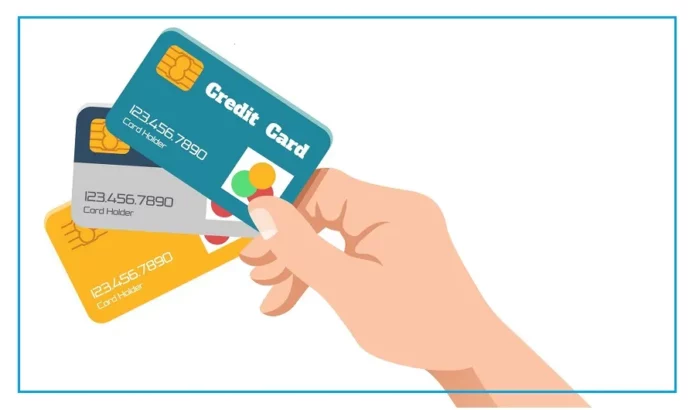If you’re a credit card user, you might be familiar with the dreadful situation of accumulating high-interest charges.
At times, it can feel like a never-ending cycle, but there’s a clever trick to help you escape from the clutches of excess interest and save thousands of rupees.
The Secret: Credit Balance Transfer
By employing the Credit Balance Transfer method, you can significantly alleviate the burden of credit card interest.
With this facility, you can transfer your credit card debt to another card offering lower interest rates.
Let’s dive into what credit card balance transfer entails and how it can be your ticket to interest relief.
Understanding Credit Card Balance Transfer
A credit card balance transfer is the process of moving your outstanding credit card debt to another card with a lower interest rate.
This allows you to benefit from reduced interest costs and can be particularly useful when you’re struggling to manage your credit card payments, leading to substantial interest accumulation.
While balance transfer won’t eliminate your debt, it provides an opportunity to repay your debt more quickly and with less interest if utilized wisely.
Key Benefits of Balance Transfer
- Zero Interest: Balance transfers often offer an introductory period with zero interest (0% APR), enabling you to save money on interest payments.
- Debt Consolidation: It simplifies the repayment process by consolidating multiple loans into one, making it easier to manage.
- Improved Credit Score: A balance transfer helps maintain a low credit utilization ratio, which positively affects your credit score.
- Extra Perks: Some balance transfer cards may offer additional benefits like consumer protection and reward points.
Important Considerations
- Balance Transfer Fee: Expect to pay a balance transfer fee, typically around 3 to 5% of your total balance.
- Fulfill Conditions: Ensure that you meet the requirements and conditions of the balance transfer, as failing to do so may result in accumulated debt on the new card.
- Good Credit Score: A good credit score is crucial for successful balance transfers, as banks typically prioritize applicants with strong credit scores.
- Time Management: Make an effort to repay your loan before the introductory APR period expires, as interest rates will revert to the regular APR afterward.
The bottom line is that credit balance transfer is a smart financial move to reduce the interest burden on your credit card.
By making the most of this technique, you can regain control of your finances and pay off your credit card debt more efficiently.
Don’t let excessive interest charges weigh you down – employ the power of credit balance transfer and save your hard-earned money.
